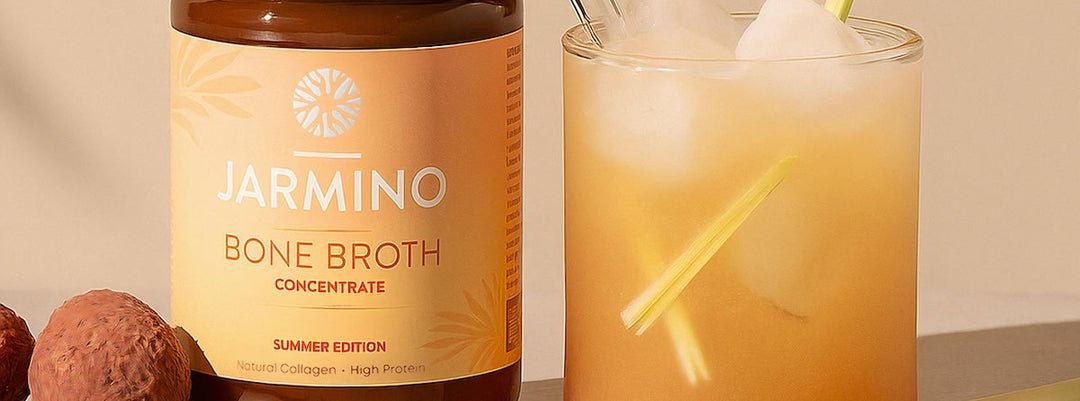Bacteria intestinal flora
The intestinal flora are all the microorganisms that live in the human digestive tract - especially bacteria and archaeae. A balanced intestinal flora contains more good than bad intestinal bacteria.
The 3 types of intestines
Scientists have classified humans into three intestinal types (so-called enterotypes) according to their bacterial ecosystem (1):
- Bacteroides
- Prevotella
- Ruminococcus
The Bacteroides ecosystem consists mainly of bacteria that produce energy from sugars and proteins. The Prevotella gut type contains many microbes that like to feed on proteins contained in the slimy lining of the gut. The ruminococcal ecosystem feeds on intestinal mucus proteins and simple sugars.
In addition to their different food preferences, these 3 intestinal types also have different performance profiles:
The Bacteroides type produces a whole range of vitamins, including C and H, while Prevotella is good at producing folic acid and vitamin B1.
Good intestinal bacteria:
- Yogurt
- kefir
- Kimchi
- Kombucha
- Sauerkraut
- Pickles
- Miso
- Almonds
- Olive oil
- Nuts
- Bananas
- Garlic
- Ginger and some cheeses like Roquefort
Bad intestinal bacteria:
- Saturated fats
- Deep fried food
- Sugar
- Sweeteners
- Heavily processed food
- Fruit juices
- Jam
- Alcohol
- Antibiotics
Signs of a disturbed intestinal flora:
If the intestinal flora is disturbed, this can lead to a variety of symptoms. These include gastrointestinal complaints, skin diseases and metabolic disorders as well as cancer and neurodegenerative diseases (2). With a disturbed Darmflora are too many negative and too few positive bacteria in the intestine, this can lead to the fact that you intestine wall is attacked and becomes holey (Leaky property syndrome). Through the holes in the intestine, toxins can escape and cause inflammation in the body, which is the cause of various diseases.
(1) https://www.sciencedirect.com/science/article/pii/S1672022919300592
(2) https://www.ncbi.nlm.nih.gov/pubmed/29934437





